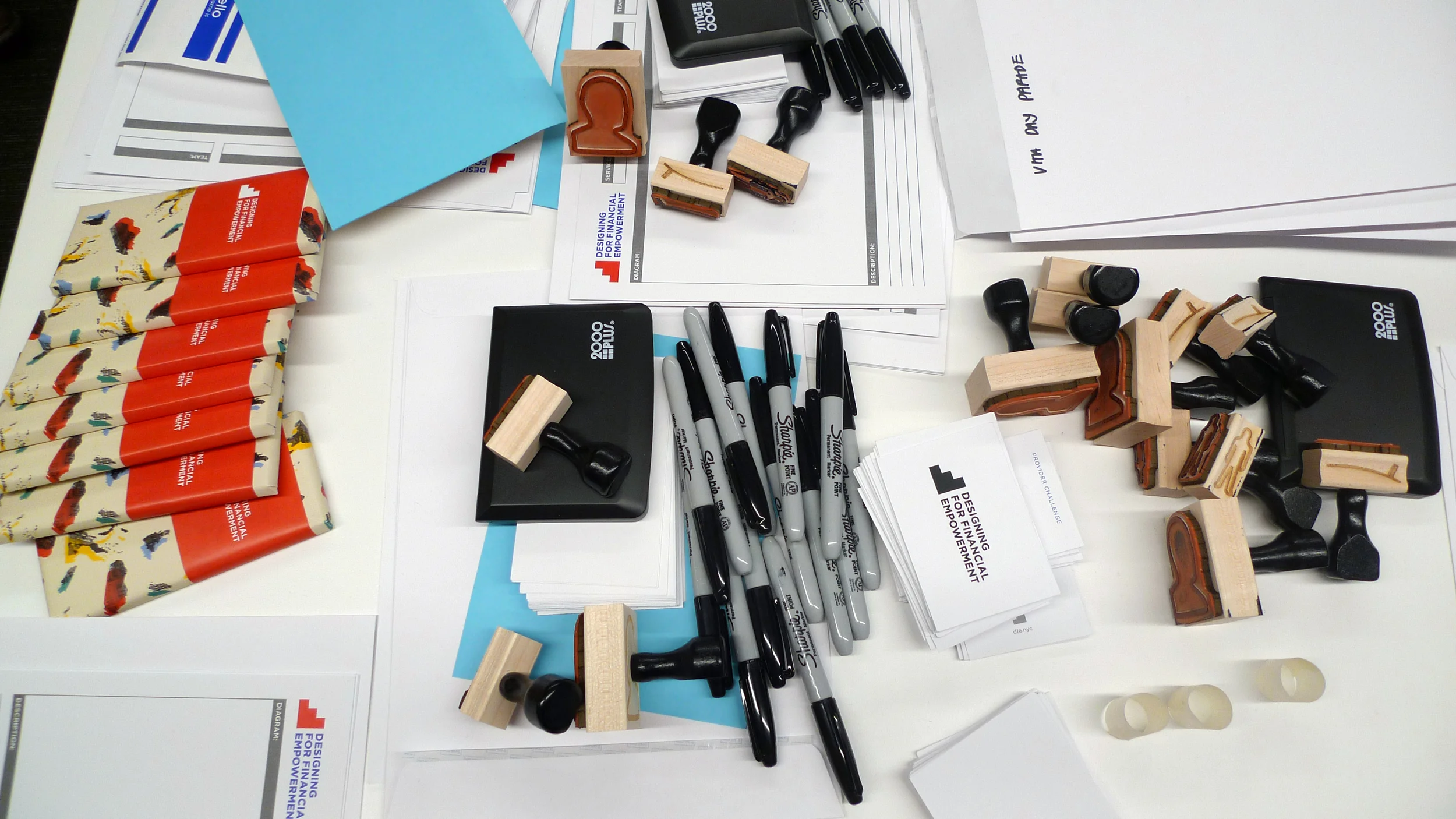Service Design
We experience public services every day — from buying health insurance to filing tax returns. A service is an exchange of goods or value. A complete service includes designed or planned interactions among people, products, and processes in various places and over time. We often encounter a service (like visiting the DMV, renting a car, or using a bike share) where only some parts of its service touchpoints are designed with clear intention and purpose. In fact, most services we have today kind of just "happen” and aren’t consciously designed even though about 80% of our economy is services.
Service design is the process of planning and organizing the people, infrastructure, communication, and physical components involved in a service. It's a collaborative and participatory practice in which citizens, experts, community-based organizations, and governments work together closely to create and deliver better public services. Deliberately designing services in this way, ensures that the experience and value of the service meet the needs of both citizens' and providers.
Project Structure
DFE projects are typically structured in three, iterative, and overlapping phases:
Discovery
The discovery phase is an ethnographic research process to acquire first-hand experience of tax services.
Read more.
Co-design
The co-design phase brings together all stakeholders to explore opportunities for new or improved services.
Read more.
Prototyping
The prototyping phase includes iterative development, testing and refinement of the new service.
Read more.




